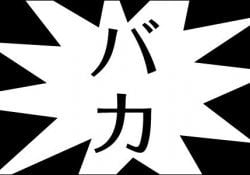Have you ever heard of the Japanese spice called furikake? It consists of a combination of dry and ground ingredients to be used in Japanese cuisine or simply poured over rice to add flavor.
Furikake [振り掛け] is the junction of the verbs fury [振り] which means to mix, shake with the verb kake [掛け] which means to pour, drop or suspend. The name has everything to do with this spice combination.
It is usually brightly colored, with a slight fish or seafood flavor and is sometimes peppery. There is a huge variety of furikake, the Japanese can even make their own at home.
Índice de Conteúdo
How to use furikake
Furikake is a seasoning to be used in place of salt in Japanese rice that is usually cooked without salt. Just open the package, shake and drop it over the rice and eat. It's really very delicious.
It can also be used in Japanese cuisine for pickling food and rice balls (onigiri). That is, if used as a condiment, it can be used to color and flavor other recipes.
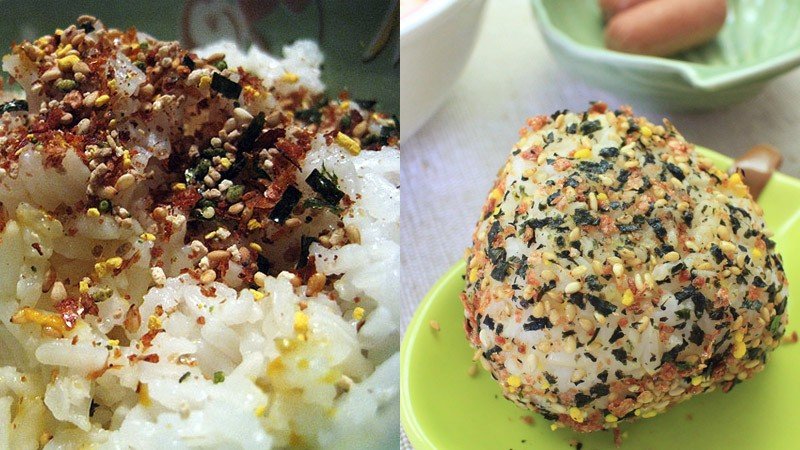
Since 2003, it is gaining increasing acceptance in the US (especially Hawaii and the West Coast) as a seasoning for baked or fried fish, raw fish salads, and snack foods.
Some American seasonings resembling furikake, but it has a completely different use. There is a fish seasoning that I don't remember the name of, chimichurri and even edu guedes. Both have dry and ground ingredients.
History of Furikake
Furikake is believed to have originated in the Taisho Period (1912-1926) by a Kumamoto pharmacist named Suekichi Yoshimaru. At first he just wanted to end the Japanese population's lack of calcium.
For this, he made a mixture of ground fish bones with roasted sesame seeds, poppy seeds and seaweed that was turned into powder. he gave the name of Gohan no Tome which means friend of rice.
The product was literally created to be mixed into rice and increase calcium in Japanese cuisine. The product was so delicious that it was marketed by a food company.
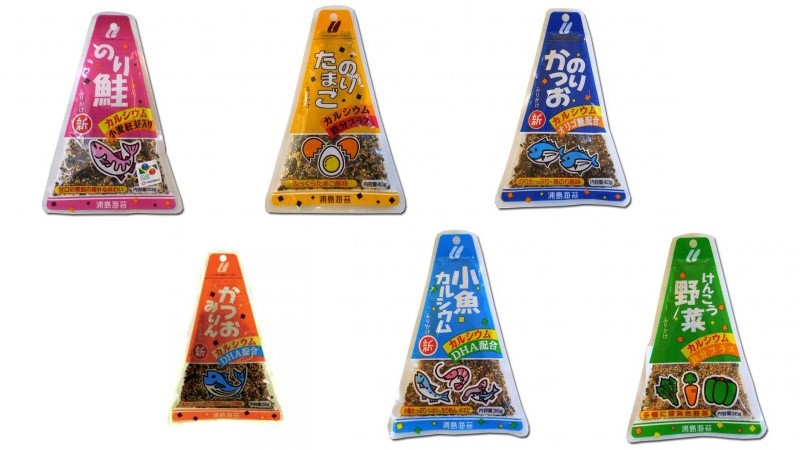
Later, a variation on Fukushima made with white croaker, kombu and other soy sauce-based ingredients appeared. It was released under the name of Kore Wa Umai that means that's nice!
Initially a luxury item, the availability of the furikake increased dramatically in September 1948 when Nissin began manufacturing it on a large scale to treat Japanese malnutrition. The product was rich in protein and calcium.
Being a great source of energy for the Japanese army, the furikake only gained that name in 1959 with the emergence of National Furikake Association. In the past, each product had a different name according to its ingredients.
The main ingredients of furikake
As already mentioned, there are a multitude of types of furikake. Anyone can take any dehydrated, dried and ground ingredients and create their own seasoning. See below for the most popular ingredients:
Nori - One of the main ingredients that make up the furikake, a species of leaf made from seaweed.
Monosodium glutamate – A sodium salt of glutamic acid, one of the most abundant non-essential amino acids occurring in nature. This ingredient is used to introduce the flavor umami.
Katsuobushi – It is a dry preserve of bonito tuna meat, fermented and cut and blocks, providing an umami flavor.
Yuzu - The dried peel of this beautiful sour fruit is used.
Shiso – An Asian plant that was used as a garnish until they discovered it was edible and colored food.
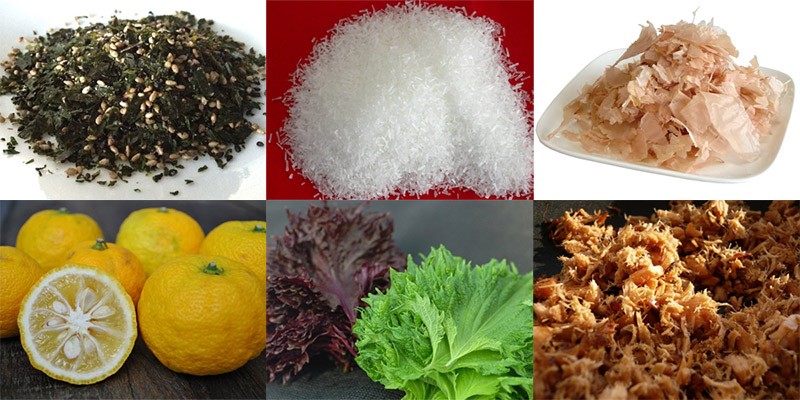
Salmon – Dried salmon flakes are one of the very popular ingredients in the seasoning. Only fresh flaked salmon is also used as a topping on rice.
Sesame seeds – It is customary to use whole or crushed sesame seeds.
Wasabi – A green root, usually served in paste, used to spice up dishes.
Okaka – Beautiful tuna flakes soaked in soy sauce and dried again.
In addition to the ingredients mentioned above, dried eggs, miso powder, vegetables and several other ingredients are used. The imagination is the limit!
The article is still halfway through, but we recommend also reading:
Gomasio - An alternative to salt
Beyond. furikake there is a similar spice called Gomásio [ごま塩], an important alternative to salt, because it does not produce the harmful effects of salt. Gomashio is usually an ingredient of furikake.
It has the advantage of neutralizing the acidity of the blood, favoring the secretion of digestive juices, stimulating metabolism in addition to being very rich in calcium.
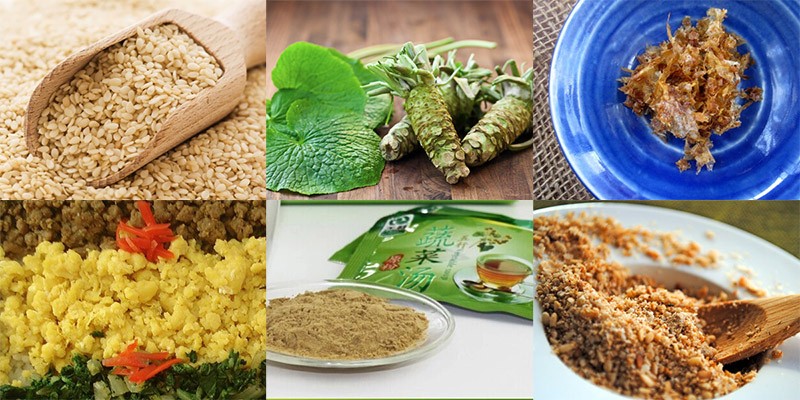
It is also called sesame salt, which is very popular in Japanese cuisine. the japanese name gomashio [胡麻塩] is literally sesame [塩] salt [ごま or 胡麻].
In addition to them, there are other seasonings such as shichimi made from chili peppers and popular in noodle soups, not to mention the ochazuke made from green tea.
Where to buy Furikake?
In Japan you can easily find them in convenience stores or markets. Outside Japan, the furikake can be found in most oriental markets and in the Asian food section of some large supermarkets.
If you want to buy online I recommend Konbini Store here you can easily find several types for only 13 reais and several other Japanese cuisine products.
Finally, I will leave a video of our friend Santana who talks a little about this delicious seasoning that is poured over rice. If you liked it share and leave your comments.






